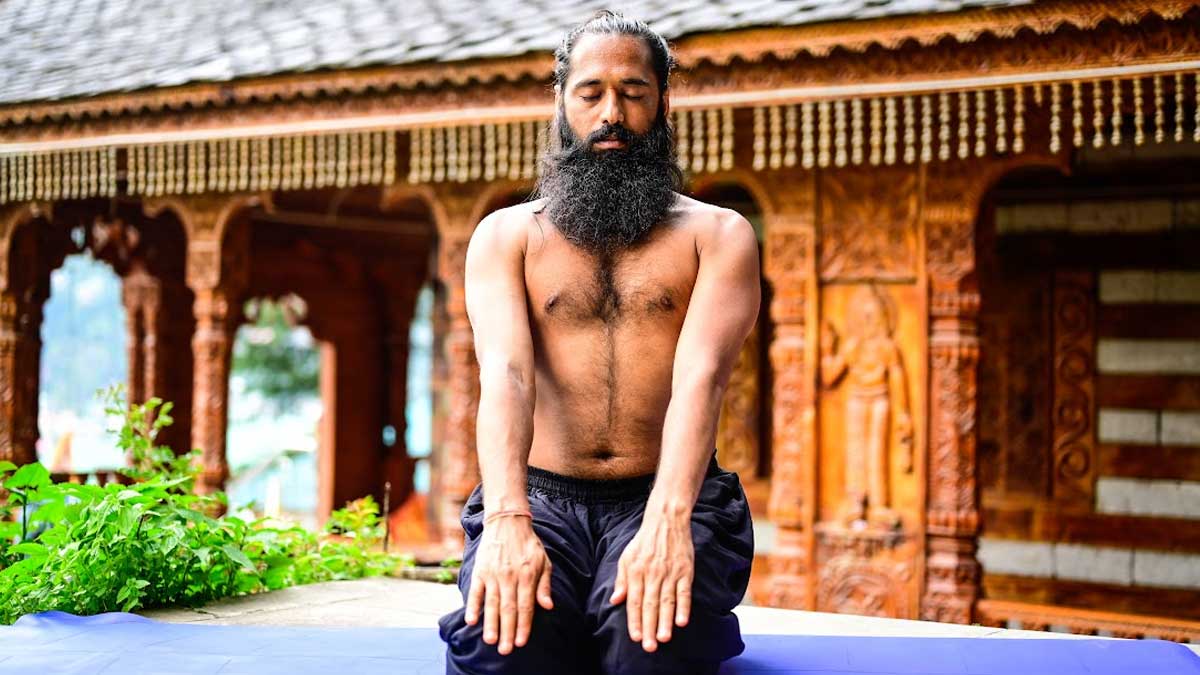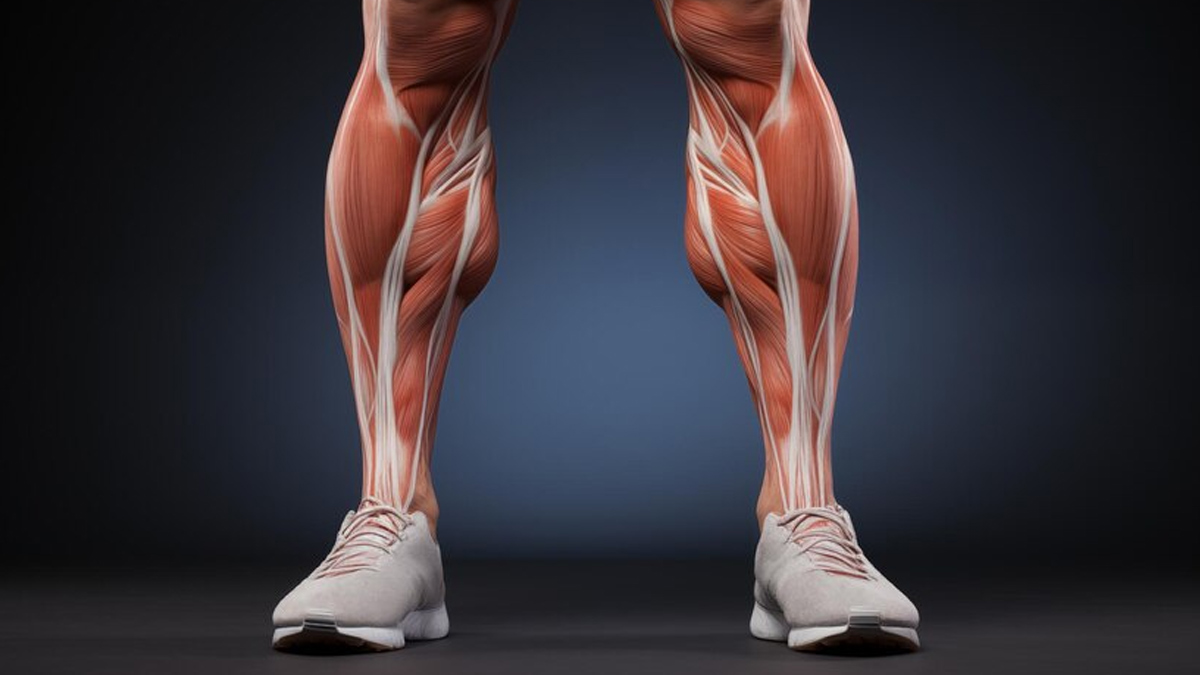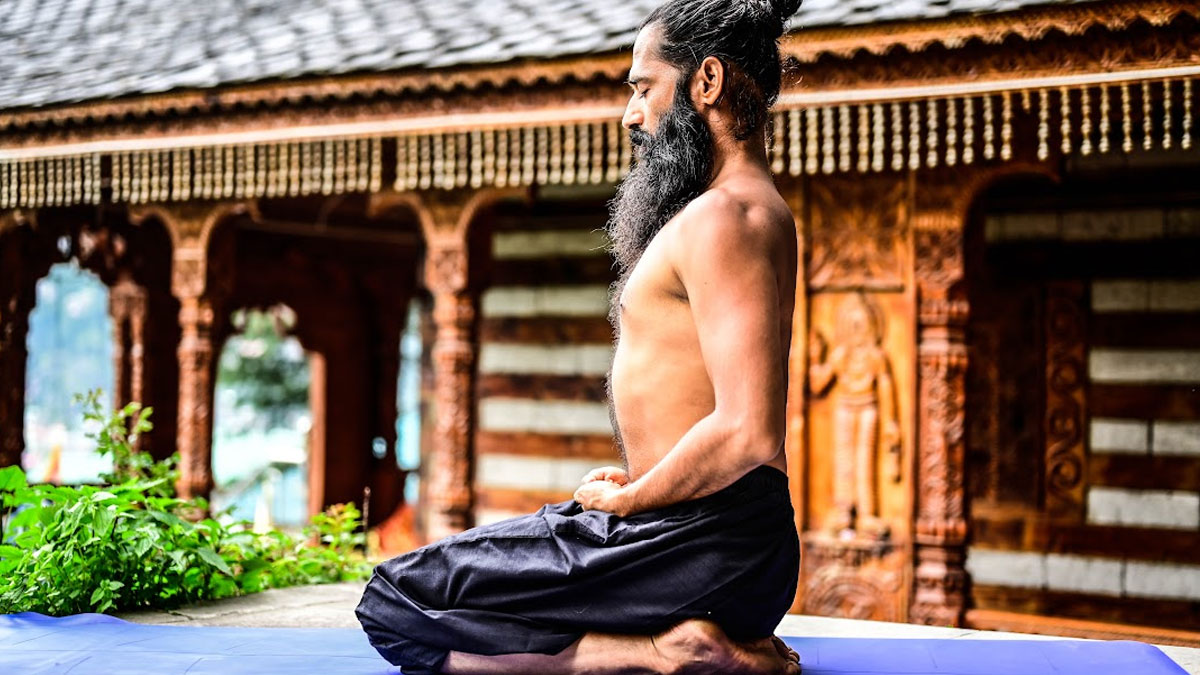
Vajrasana, also known as the Diamond Pose or Thunderbolt Pose, is a simple yet powerful seated posture in yoga. This kneeling position is unique among yoga asanas as it can be practised immediately after meals, making it an excellent aid for digestion.
Table of Content:-
This yoga posture promises to bring balance, tranquillity, and strength into your routine. Whether you're new to yoga or a seasoned practitioner, Vajrasana offers a treasure trove of benefits that go beyond mere physical fitness. As you read on, prepare to uncover how this seemingly modest pose can enhance digestion, improve circulation, and bring a sense of inner peace, making it a vital addition to your wellness toolkit.
To understand the benefits of vajrasana and how it is practised, OnlyMyHealth interacted with Himalayan Siddhaa Akshar, Founder, Akshar Yoga Kendraa, Author, Columnist, Bengaluru.
Akshare said, “Derived from the Sanskrit words "vajra" (thunderbolt or diamond) and "asana" (posture), Vajrasana is renowned for its numerous health benefits and relative ease of practice.” Below are some amazing benefits of vajrasana listed by Akshar.
Health Benefits of Vajrasana
As uncomplex the Vajrasana is, it has enormous benefits providing aid to your mind and body. Here are some of the health benefits of this asana listed by Akshar.
1. Improves Digestion

Vajrasana is particularly beneficial for the digestive system. “By increasing blood flow to the abdomen, it stimulates the digestive organs, helping to relieve gas, bloating, and constipation,” Akshar said. Practising this pose after meals can aid in the digestion process and prevent various gastrointestinal issues.
Also read: Bend Your Body, Strengthen Your Health: Yoga Asanas to Reduce Stroke Risk
2. Strengthens Pelvic Muscles
The pose engages and strengthens the pelvic floor muscles, which is beneficial for both men and women. According to Akshar, it can help prevent urinary incontinence and improve overall reproductive health.
3. Relieves Back Pain

Regular practice of Vajrasana can help alleviate lower back pain by stretching the back muscles and improving posture. “It also helps in decompressing the lower spine, providing relief from sciatica and other back-related issues,” Akshar said.
4. Calms the Mind
Like many yoga poses, Vajrasana has a calming effect on the mind. It can help reduce stress, anxiety, and mental fatigue, promoting a sense of inner peace and mental clarity.
5. Improves Blood Circulation
Moreover, this pose pose encourages better blood flow to the lower abdomen and legs, which can help alleviate problems like varicose veins and swelling in the feet.
6. Strengthens Leg Muscles

Regularly practising Vajrasana can strengthen the thigh, calf, and ankle muscles, improving overall leg strength and stability.
7. Aids in Meditation
Due to its comfortable and stable nature, Vajrasana is an excellent pose for meditation and pranayama (breathing exercises), helping to improve focus and concentration.
Also read: Here Are Some Yoga Poses To Do In Bed That Can Put You To Good Night’s Sleep Instantly
Contraindications
While Vajrasana is generally safe for most people, there are some contraindications to be aware of as per Akshar.
1. Knee Problems
People with knee injuries, arthritis, or any form of knee pain should avoid this pose or practise with caution under the guidance of a qualified yoga instructor.
2. Ankle Issues
Those with ankle injuries or inflammation should refrain from practising Vajrasana until fully healed.
3. Pregnancy
Pregnant women in their second and third trimesters should avoid this pose as it can put pressure on the abdomen.
4. High Blood Pressure
Individuals with high blood pressure should practise this pose with caution and consult their healthcare provider before incorporating it into their routine.
5. Recent Abdominal Surgery
People who have recently undergone abdominal surgery should avoid Vajrasana until cleared by their doctor.
How to Perform Vajrasana

Here’s a step by step guide on how to perform vajrasana by Akshar.
1. Start by kneeling on a yoga mat or a soft surface.
2. Sit back on your heels, keeping your knees together and your feet slightly apart.
3. Place your palms on your thighs, fingers pointing towards your knees.
4. Keep your spine straight, shoulders relaxed, and chin parallel to the ground.
5. Close your eyes and focus on your breath, taking slow, deep breaths.
6. Hold the pose for 5-10 minutes, or as long as comfortable.
7. To release, slowly lift your buttocks off your heels and stretch your legs out in front of you.
Conclusion
Incorporating Vajrasana into your daily routine can yield significant benefits for both physical and mental well-being. As with any yoga practice, it's essential to approach it mindfully and respect your body's limitations. With regular practice, you may find improvements in your digestion, posture, and overall sense of calm and well-being.
Also watch this video
How we keep this article up to date:
We work with experts and keep a close eye on the latest in health and wellness. Whenever there is a new research or helpful information, we update our articles with accurate and useful advice.
Current Version